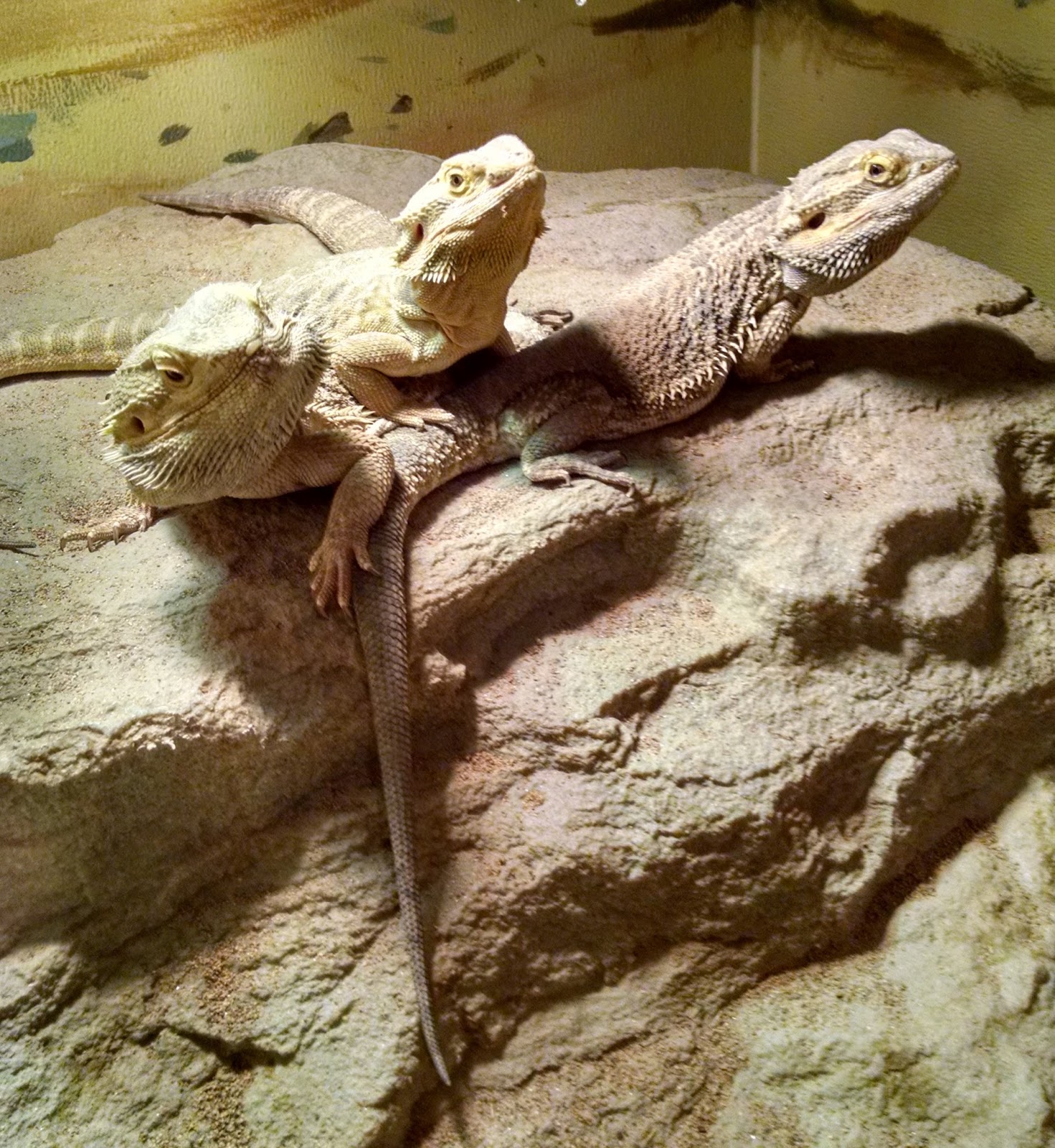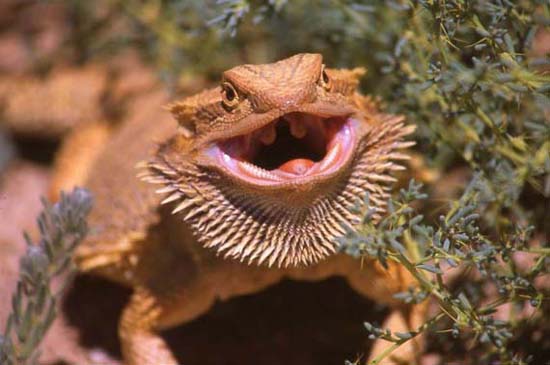The Ultimate Guide to Selecting the Best Soil for Your Bearded Dragon
Introduction
Bearded dragons are fascinating creatures that make wonderful pets. As a responsible pet owner, it is important you provide the best possible living environment for your bearded dragon. One of the most important components of your bearded dragon’s habitat is the soil substrate. Choosing the right soil for your bearded dragon can be a daunting task, especially for beginners. In this guide, we will take a closer look at the different types of soil available and help you select the best one for your pet.
Why is the Soil Substrate Important for Bearded Dragons?
Bearded dragons are native to the arid regions of Australia, which means they require a dry desert-like environment to thrive. The soil substrate in their habitat mimics the dry soil they would encounter in their natural habitat. The soil substrate plays an important role in maintaining the humidity levels and temperature in the habitat. It also allows the bearded dragon to burrow, which is an essential behavior for their physical and mental well-being.
Types of Soil Substrate for Bearded Dragons
There are different types of soil substrate available for bearded dragons, each with their own pros and cons. It is important to understand the different types of soil substrate so that you can make an informed choice:
1. Reptile Sand
Reptile sand is a popular choice among pet owners because it is inexpensive and easy to clean. It is made of finely ground sand and is available in different colors. However, it is not the best choice for bearded dragons because they are known to ingest sand while feeding, which can lead to impaction. Additionally, the dust from reptile sand can lead to respiratory problems for your pet.

2. Coconut Coir
Coconut coir is made from the husk of coconuts and is an excellent choice for bearded dragons. It is easy to clean, and its high absorbency makes it ideal for maintaining the humidity levels in the habitat. Additionally, it is free from dust and other harmful particles, which means it is a safe choice for your pet.

3. Play Sand
Play sand is inexpensive and widely available. It is made of finely ground sand and is safe for bearded dragons as long as it is washed thoroughly before use. However, like reptile sand, play sand can also lead to impaction if ingested.

How to Choose the Best Soil for Your Bearded Dragon
Choosing the best soil substrate for your bearded dragon depends on various factors such as your pet’s age, health, and personal preferences. Here are some things to keep in mind when selecting soil for your bearded dragon:
1. Safety
The safety of your bearded dragon should be your top priority. Do not use soil substrates that are known to cause health problems or impaction in your pet.
2. Absorbency
The soil substrate should be able to maintain the humidity levels in the habitat. If you live in a dry climate, you may want to consider a soil substrate with higher absorbency.
3. Ease of Cleaning
The soil substrate should be easy to clean to prevent the buildup of harmful bacteria and parasites.

Conclusion
Choosing the right soil substrate for your bearded dragon is crucial for their health and well-being. We hope this guide has given you a better understanding of the different types of soil substrates available and helped you select the best one for your pet. Remember to prioritize safety and cleanliness when selecting soil for your bearded dragon’s habitat.
